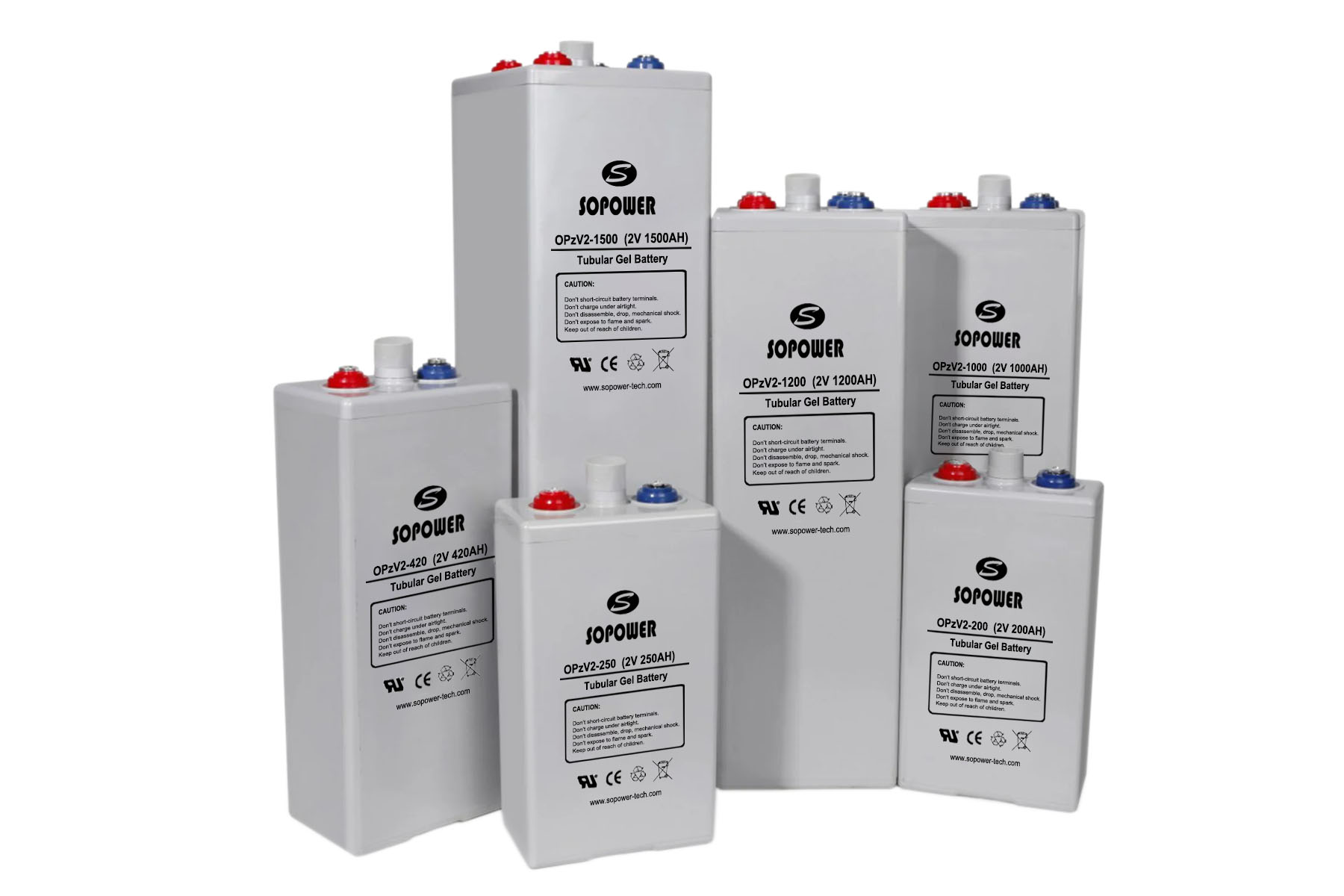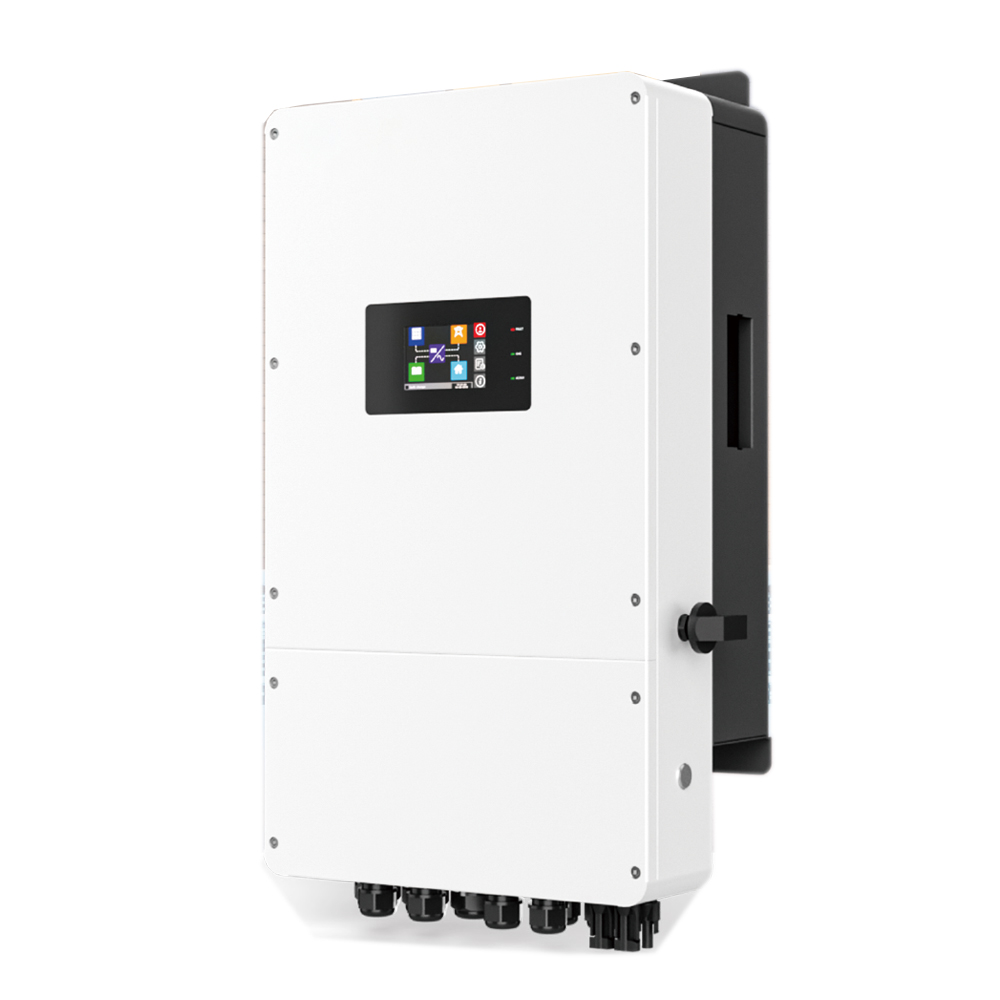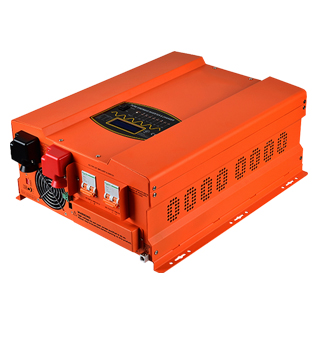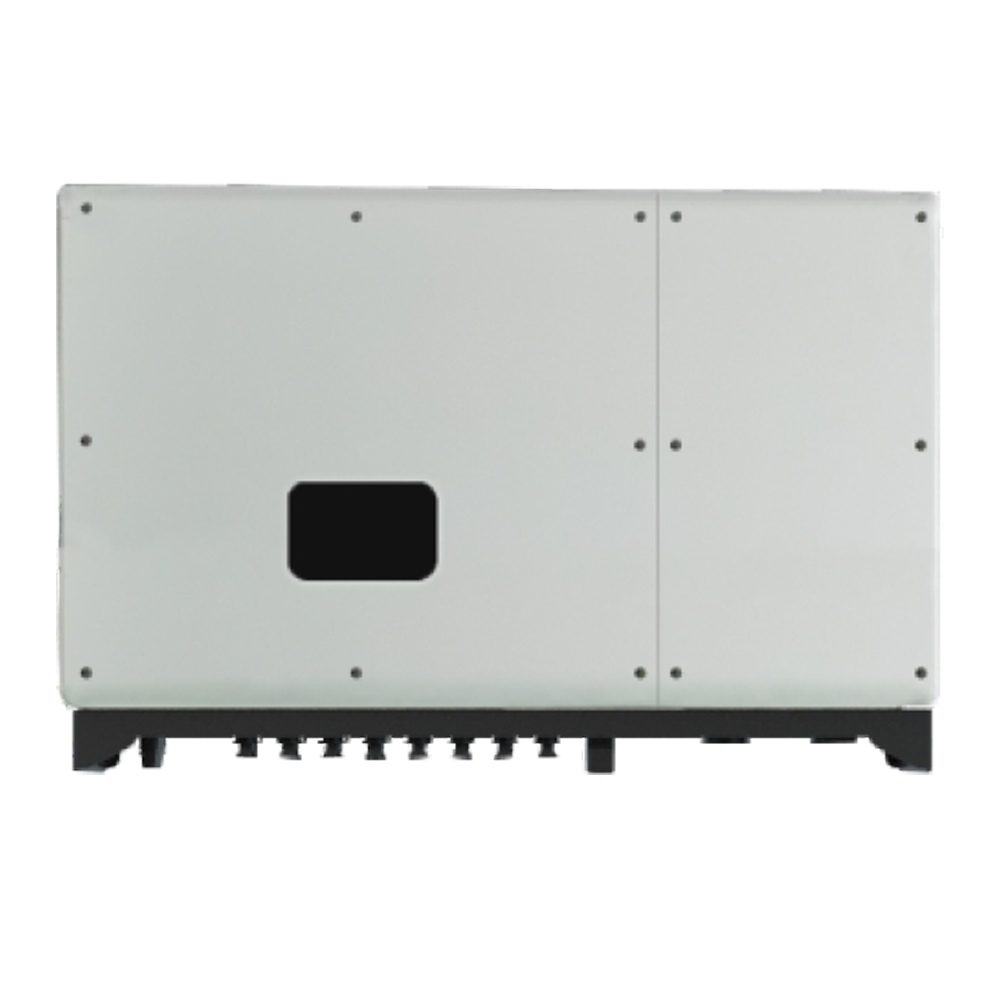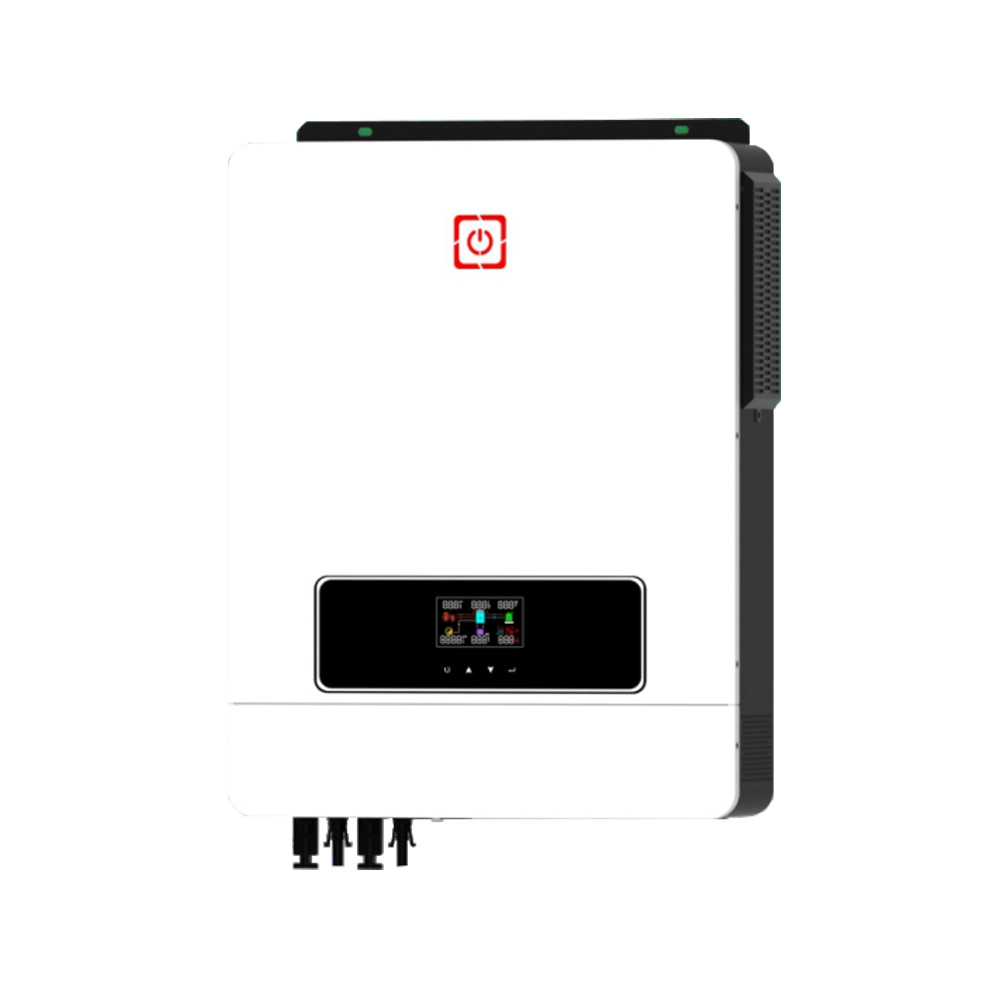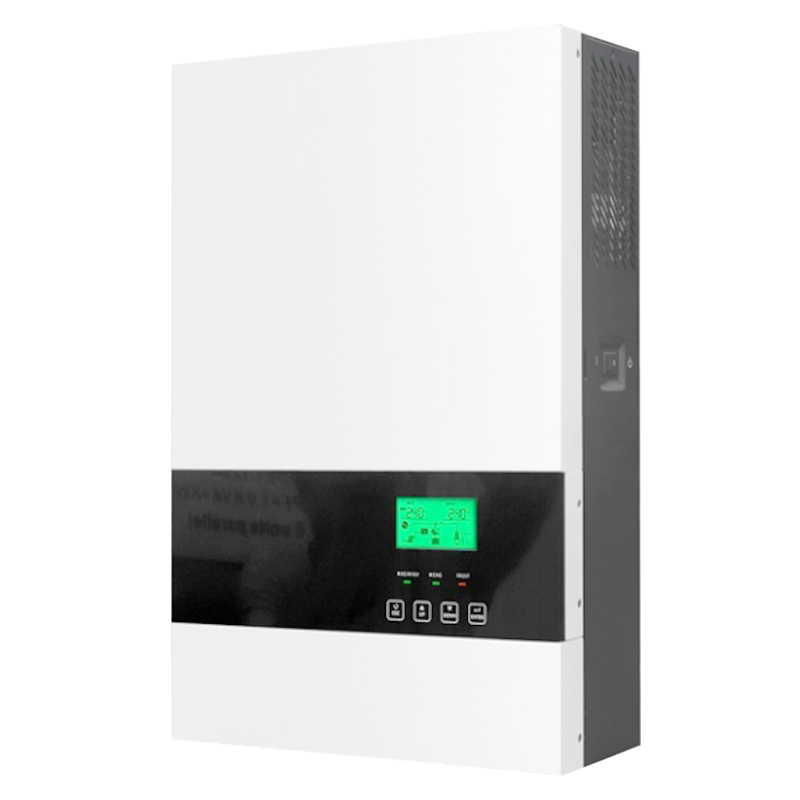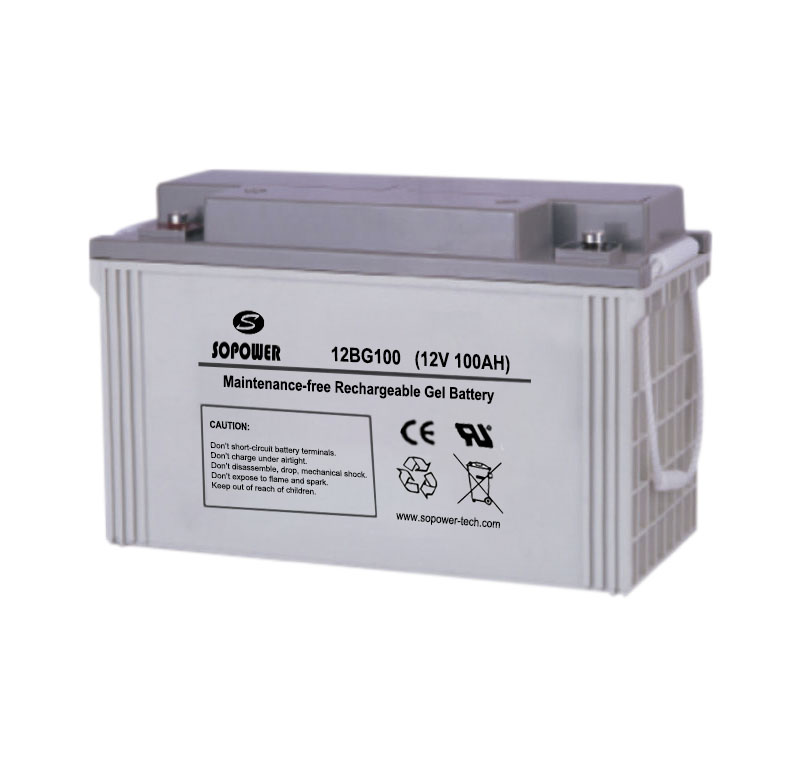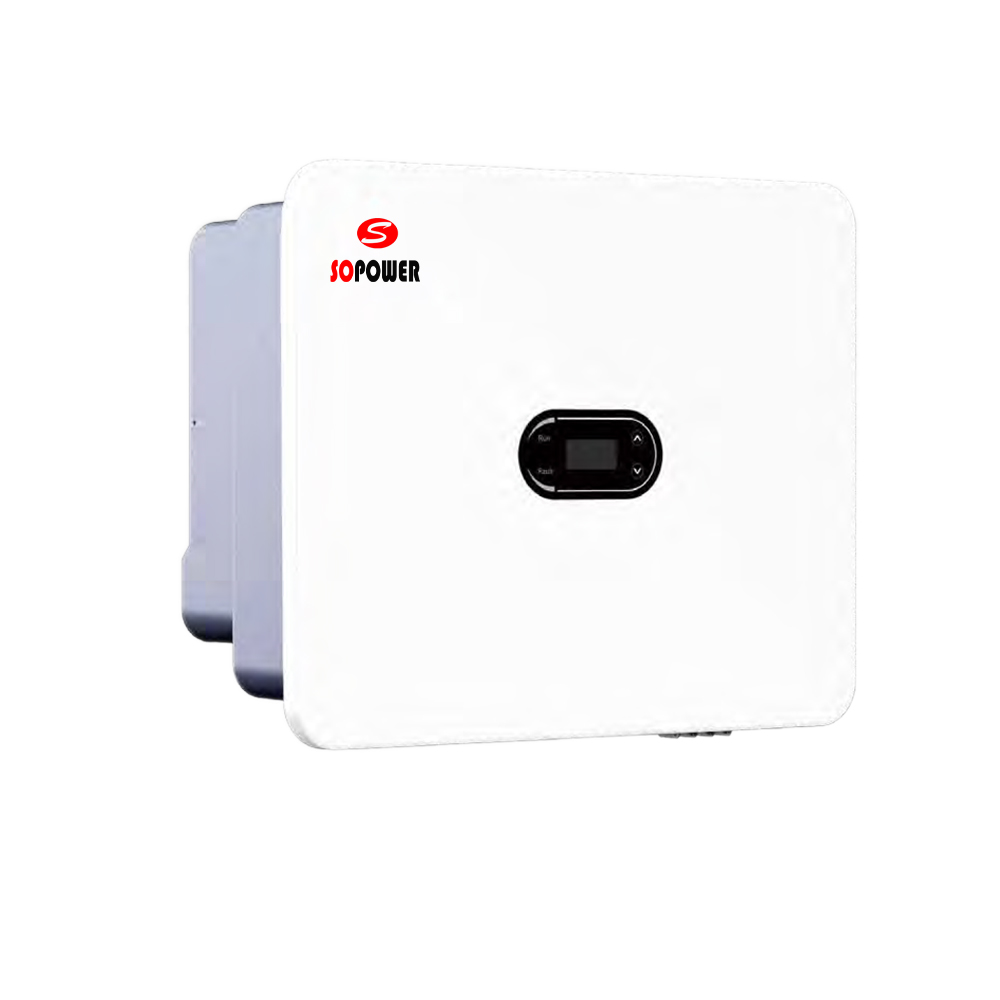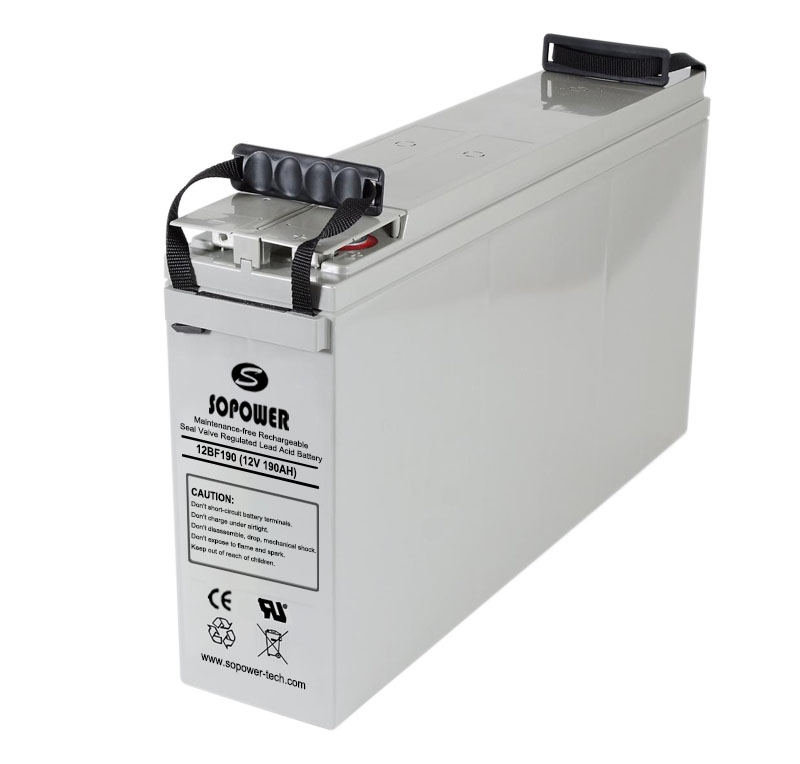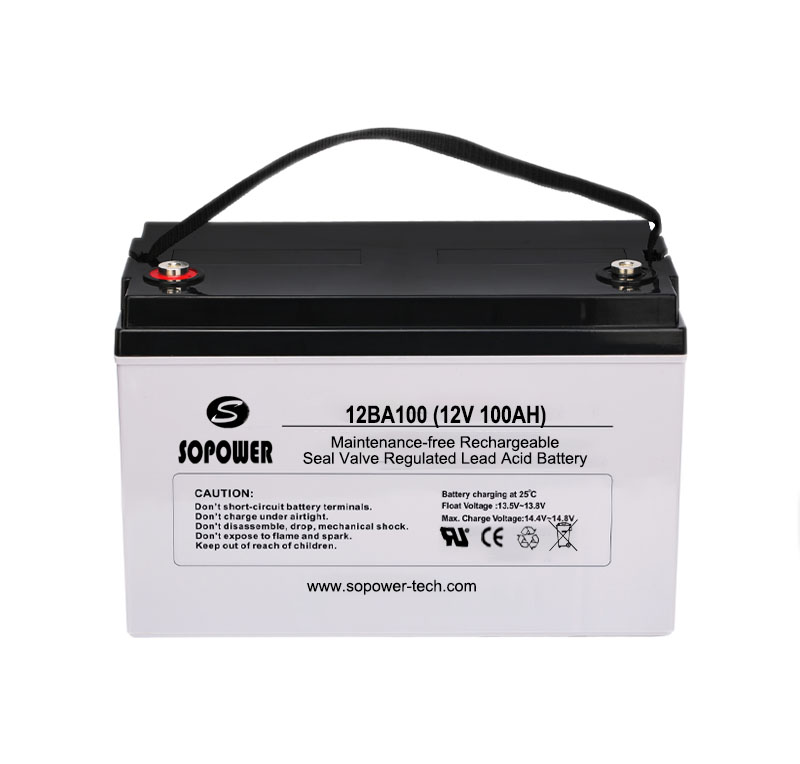Source: PV-Magazine Date: 04. APRIL 2011

As work began on the global consensus forecast, traumatic events in Japan and the "wait-and-see" situation in Italy reminded the world of just how interconnected the solar markets are and how utterly the world energy landscape, and attitudes, can change. This could be a turning point for renewable energy as speculation heats up about that the potential for 50 to 60 gigawatts (GW) of nuclear power capacity to be either delayed or outright cancelled.
The political impact of this is just unraveling and needs to be watched on a country by country basis. Nowhere is this more true than in Germany, the world’s largest photovoltaic market, as it idled seven nuclear reactors, which resulted in a jump forward in electricity prices, and Chancellor Angela Merkel’s Conservative Christian Democrats suffering a major electoral defeat in Baden-Württemberg.
There have also been calls from Germany, France, China and other countries to switch to renewable energy faster. China announced that it is looking to double its solar energy goals and more countries are expected to go down this path in the near future.
The actual installation numbers for 2010 are still trickling in and by all estimates the markets are forecasted to have grown over 100 percent in 2010 compared to 2009, making 2010 the solar industry’s best ever year.
Following the nuclear meltdown in Japan, numerous countries are rethinking their plans about nuclear energy. This has created a high level of uncertainty, which may turn out to be a net positive for solar in the long run. This means that forecasting the rest of 2011 and 2012 will be very difficult, as visibility is extremely low under current political conditions.
Current situation in key markets:
Germany
Germany finished 2010 with 7.4 GW of installed solar, which was lower than earlier estimates. There was a slowdown in the second half of 2010 due to successive cuts in the feed-in tariff (FIT), making returns unattractive to investors. There have also been calls to move toward renewable energy faster after the nuclear crisis and this may have a positive impact on solar.
Italy
There is still confusion as to the capacity that was installed in Italy in 2010, mainly due to a time lag of three to four months between installations and official registrations. One thing most analysts agree on is that installations will far exceed the estimates, mainly fueled by a rich incentive scheme. These very attractive investment returns have caused a "rush" of installations. A revised solar policy is due to be announced soon, following meetings by the Council of Ministries. Though the outcome is unclear, the goal is to continue the development of solar without an increase in the electricity prices for rate payers. Regardless of the outcome however, it looks as though Italy’s best solar days might be behind it.
France
Solar has come under increased scrutiny as the cost to state utilities is on the rise. The new French framework is designed to achieve its goal of 5.4 GW by 2020. A flexible FIT for 20 years has been introduced that changes every quarter according to volumes installed. A reverse FIT (auction) system has been introduced for large rooftop and ground mounted systems where lowest bid wins. Even with targets to install 500 megawatts (MW) in 2011, installations may be much higher because of grandfathering from the previous FIT program.
U.S.
The U.S. does not have a FIT system, nor does it have a federally mandated goal for solar. Instead, the market is driven by the federal 30 percent investment tax credit, which expires at the end of 2016. This includes a 30 percent treasury cash grant (which was extended through 2011). Then there are state renewable portfolio standards, and state and municipal rebate programs.
The development of the U.S. solar market has moved towards large utility-scale projects due to the nature of incentives available. Currently, the U.S. is projected to be the top solar market by 2015.
Japan
The earthquake and tsunami in Japan continues to impact world solar markets in many ways. Nuclear power producing countries have called for a review of nuclear plants before allowing any permits for new ones.
Japan is estimated to have grown over 100 percent year-over-year in 2010 as the government re-energized the solar industry by reintroducing attractive subsidies for residential installations and also by implementing net metering. With the loss of at least six nuclear reactors that produced about seven to eight GW of electricity, many are of the opinion that this is a net plus for the solar industry. This point was confirmed this week as the Japanese Minister of Economy announced a raise in preferential tariff for surplus solar power produced by businesses and schools by 67 percent, which came into effect on April 1.

